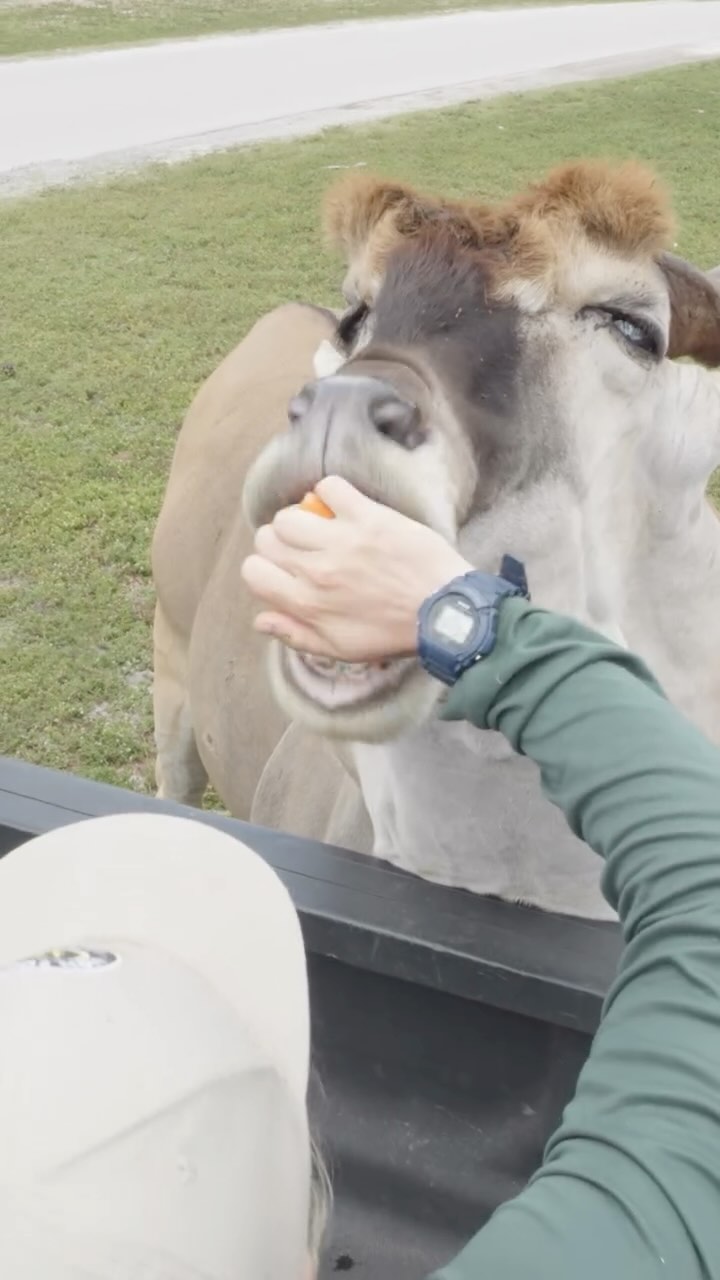- Compassion and its Role in Wildlife Care
- Techniques for Reducing Stress in Animals
- Building Trust with Wildlife
- Innovative Approaches to Routine Care
- Importance of Safety and Comfort in Animal Management
Caring for wildlife involves a blend of compassion, patience, and creativity essential for the welfare of animals. These elements form the core principles guiding professionals in wildlife conservation and zoo management. Compassion drives the dedication needed to care for diverse animal species, many of which may be traumatized or in need of rehabilitation. Wildlife caregivers are motivated by empathy to provide effective care, understanding the delicate balance required to support both physical and emotional well-being.
The significance of compassion cannot be overstated in wildlife management. It translates into patient handling and creative solutions tailored to individual animals. This sentiment fosters an environment where animals feel valued and secure, encouraging positive interactions. Compassionate care also involves understanding the natural behaviors and needs of each species, allowing caregivers to provide conditions that mimic their natural habitats as closely as possible.
One fascinating technique used by wildlife caregivers to reduce stress is the simulation of medical procedures through simple tools. A common challenge in animal care is minimizing the stress associated with medical interventions. Caregivers have crafted ingenious methods, such as using a paperclip to mimic the gentle prick of a needle. This innovative approach helps animals become accustomed to the sensation, effectively reducing anxiety during actual procedures. This practice exemplifies a commitment to making medical care less distressing and ensuring that animals remain calm and comfortable.
Building trust is essential for successful wildlife management. Trust between animals and caregivers is not instantaneous and must be earned through consistent, positive interactions. Caregivers achieve this through daily routines that emphasize predictability and gentle handling. Over time, animals learn to understand caregivers’ intentions, which eases handling and encourages cooperative behavior.
One notable method for building trust involves desensitization. This process includes gradually introducing animals to stimuli they may encounter during care routines, such as being touched or hearing certain sounds. The gradual introduction helps animals acclimate to human presence and reduces fear. Positive reinforcement, such as treats or verbal praise, is often used to encourage receptive behavior, reinforcing the connection between caregivers and animals.
Innovation plays a critical role in wildlife care. Caregivers must constantly devise new strategies to meet the challenges of animal management. This creativity ensures the development of specialized care plans that meet the unique needs of each species and individual animal. Whether through environmental enrichment, customized diets, or adaptive enclosures, innovative solutions are vital in promoting animal welfare.
Consider the role of enrichment in wildlife care. Enrichment involves activities and objects that stimulate animals physically and mentally, encouraging natural behavior and reducing monotony. This can include puzzle feeders, new scents or objects in enclosures, or tasks that mimic foraging. By keeping animals engaged, caregivers help maintain mental acuity and prevent behavioral issues.
Safety and comfort are at the forefront of wildlife management. Caregivers prioritize creating a secure environment where animals thrive. This involves meticulous attention to both physical surroundings and the emotional comfort of the animals. Caregivers design enclosures with the animal’s perspective in mind, paying attention to elements like space, light, and temperature control. Furthermore, understanding and addressing the social needs of animals is paramount, as these factors significantly impact their overall well-being.
Maintaining a holistic view of animal care involves routine monitoring and adjustments to care plans as animals grow and their needs evolve. This dynamic approach ensures that animals in captivity are afforded the safest and most comfortable existence possible, reinforcing the principles of kindness and respect as central tenets of wildlife conservation.
Wildlife conservation is a field that blends science, empathy, and creativity to create environments where animals can live healthily and freely as much as possible. Professionals in this area are dedicated to the continuous improvement of care standards, channeled through compassion, innovative techniques, relationship-building, and attention to detail in every aspect of animal management. Each step these caregivers take contributes to the mission of safeguarding species and nurturing the connection between humans and wildlife, ensuring a future where both can coexist harmoniously.
*****
Source Description
Caring for wildlife takes compassion, patience, and creativity!
To help our animals feel comfortable during routine care, our wildlife team sometimes uses a simple paperclip to simulate the gentle prick of a needle — all part of building trust and reducing stress. Every step we take is to ensure our animals feel safe, respected, and well cared for!


